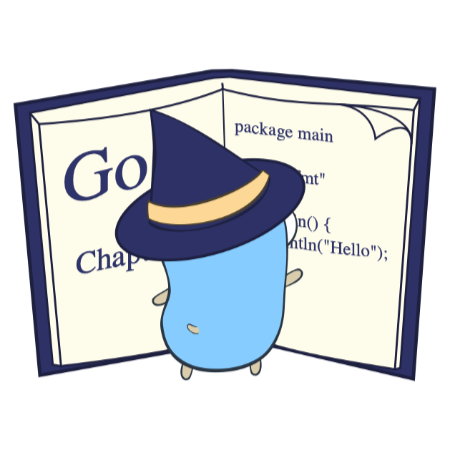Map types in Golang
What map types exist in Go? What data types can we use as map keys? What about map values? Are different kinds of maps considered distinct types? And what’s the difference between nil and empty maps? Find out in this handy, bite-size tutorial on map types in Golang.
What map types exist in Go?
There’s no specific data type in Golang called map;
instead, we use the map keyword to create a map with
keys of a certain type, and values of another type (or
the same type).
var menu map[string]float64In this example, we declare a map that has strings for
its keys, and float64s for its values. The result is a
variable of a very specific type: map[string]float64.
Map types are distinct
As you know, Go is a strongly-typed language, so that means
we can only assign things to the menu variable that have
exactly the type map[string]float64. We couldn’t, for
example, assign it a map[string]int value, or a
map[rune]float64. Those are distinct types.
Golang map key types
What types of keys can a map have? Could we, for example, make a map
whose keys are slices, or even functions? No, because the keys must be
comparable: that is, the == and !=
operators must be defined for that type.
All the basic types (string, int, and so
on) are comparable; so are structs. Functions and slices are not, and
nor are maps, so we can’t have a map whose key is another map!
There’s no such restriction on map values; they can be any
type. In fact, it’s common to construct maps of string to
any to represent trees of arbitrary data.
Nil versus empty maps
Merely declaring the map’s type doesn’t give us a value we can use:
we can’t read or write to a nil map. So if we don’t have
any values to put in the map yet, we can initialize it with an empty map
literal:
menu := map[string]float64{}Next
This is part 2 of a Golang tutorial series on maps. Check out the other posts in the series:
- Declaring and initializing maps
- Storing and retrieving map values
- Finding whether a map key exists
- Iterating over a map
- Frequently asked questions about Go maps
Now that you know how to choose the right key and value types for your map, how do we actually store and retrieve values in a Go map? Carry on to the next tutorial to find out!






